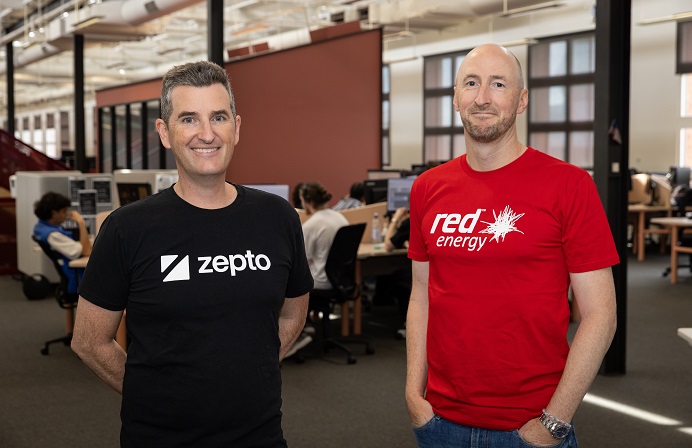
As business goes digital, and data becomes more strategic, IT will play an important role in collating and analysing structured and unstructured data, according to Lilian Wong, Vice President & Chief Information Officer, Hong Kong, Manulife Financial.
Wong defined a customer-centric company as one that needs to support its customers in making rational purchase decisions, which she defined as “resting on underlying needs of the customer and matching such needs to the product features.”
“In a nutshell, a customer-centric company sees customer relationships as a promise, it carries the customer-centric DNA in its day-to-day operations and its decision making to create real value to the customer,” she said.
In an increasingly digital environment, customers are demanding a seamless experience across all channels, including face-to-face touchpoints, call centres, online and mobile, according to Wong. There are times when it is important to offer advisory services to customers, coupled with empowering them with the tools to also use insurance platforms for self-service.
“Our call centre, customer self-serve platform and advice are all sitting on a common enterprise architecture, this delivers a high degree of information and business-use and great surface consistency,” she said, enabling for a dual focus, allowing customers to use advisory channels and self-service. This is increasingly supported by the empowerment that internet and digital channels have given to the consumer.
“The internet has a tremendous impact on the way consumers research, purchase and monitor their insurance portfolio. Research shows an increasing number of people will do online searches either before or after they see an agent.”
Wong highlighted the importance of a platform which enforces the social power to move customers from the physical world into the online world, and vice versa. In 2011, Manulife first launched a holistic financial planning platform covering all needs and various life stages.
“A robust digital platform offers the capability to deploy functions and content in a light, agile and modular manner. Information and functions can be assembled and mixed together flexibly to suit the particular purpose of the user, and such applications should be responsive to the various devices,” she said.





